Vacuoles
A vacuole is a membrane-bound organelle found in the cells of plants, fungi, and some protists. It is essentially a large vesicle that plays a crucial role in maintaining the structure and functioning of the cell.
Structure of Vacuoles
Vacuoles are typically filled with a fluid called cell sap, which is a solution of water, enzymes, ions, and other substances. They are surrounded by a membrane called the tonoplast, which separates the contents of the vacuole from the rest of the cell.
Functions of Vacuoles
- Storage: Vacuoles store various substances such as water, nutrients, ions, and waste products. In plant cells, they can store pigments and toxic substances that protect the plant from predation.
- Turgor Pressure: In plant cells, vacuoles maintain turgor pressure, providing structural support and rigidity to the cell and the plant as a whole.
- Waste Management: Vacuoles help in the breakdown and recycling of cellular waste products, contributing to the overall cleanliness and health of the cell.
- Cellular Growth: They also play a role in cell growth and development by absorbing water and enlarging to accommodate the increasing size of the cell.
Types of Vacuoles
There are different types of vacuoles based on their functions:
- Central Vacuole: Found in plant cells, the central vacuole is the largest and most prominent vacuole. It stores water, nutrients, and waste products, and also helps maintain turgor pressure.
- Contractile Vacuole: Found in some protists, these vacuoles help regulate water content and prevent the cell from bursting due to excess water intake.
- Food Vacuole: Formed by the fusion of a vesicle containing food particles with a lysosome, these vacuoles aid in digestion in certain organisms.
Summary
Vacuoles are essential organelles that contribute to the overall health and functioning of a cell. Their diverse functions, from storage to waste management, make them indispensable for the survival of the cell and the organism as a whole.
Study Guide
To better understand vacuoles, here are some key points to remember:
- What is the function of vacuoles in plant cells?
- Describe the structure of a vacuole.
- How do vacuoles contribute to the turgor pressure in plant cells?
- Explain the role of vacuoles in waste management within a cell.
- List and briefly explain the types of vacuoles found in different organisms.
[Vacuoles] Related Worksheets and Study Guides:
.◂Science Worksheets and Study Guides Fourth Grade. Rocks and minerals
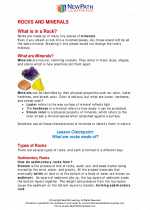
 Activity Lesson
Activity Lesson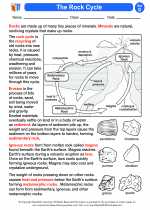
 Worksheet/Answer key
Worksheet/Answer key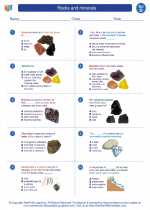
 Worksheet/Answer key
Worksheet/Answer key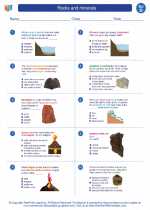
 Worksheet/Answer key
Worksheet/Answer key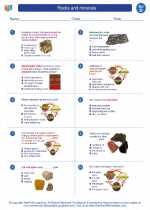
 Worksheet/Answer key
Worksheet/Answer key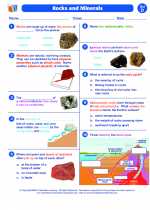
 Vocabulary/Answer key
Vocabulary/Answer key
 Vocabulary/Answer key
Vocabulary/Answer key
 Vocabulary/Answer key
Vocabulary/Answer key
 Vocabulary/Answer key
Vocabulary/Answer key
